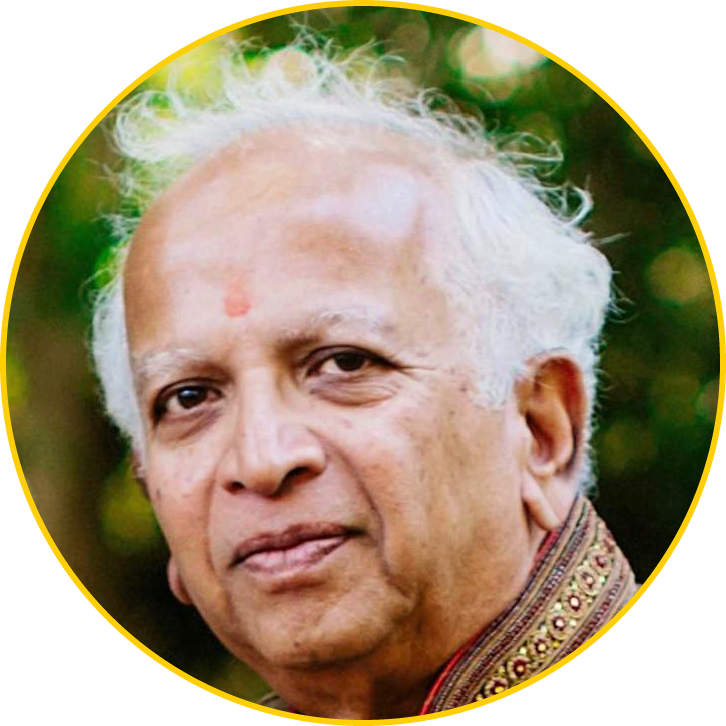GEM Engserv Pvt. Ltd is an ISO 9001:2015 certified organization, certified by TUV India in accreditation with National Accreditation Board for Certification Bodies (NABCB).
GEM Engserv Pvt. Ltd is an ISO 9001:2015 certified organization, certified by TUV India in accreditation with National Accreditation Board for Certification Bodies (NABCB).

Subhash retired from Gilbane/ITSI in 2014 where he had served variously as CAO, CFO ,and CIO. Subhash had joined ITSI in 2002 when ITSI was 10 year old environmental/construction company with annual revenues of about US $ 17M and worked with the management team to grow the revenue to about US $300M.
Prior to 2002 Subhash worked as the CTO at a silicon valley startup. From 1971 to 1997 Subhash worked in various roles at the Bank of California in San Francisco. The last 15 years as the CIO.
As a self-appointed midwife at the birth of GEM Engineering services, I thought it might be appropriate to offer a few words of encouragement, if not wisdom.
The whole world is in the grips of multiple crises. Covid has brought misery the whole world over. Nations, economies, and societies have been driven to their knees. At such times it is often tempting to wallow in misery. But this is exactly the time to remember that just as good times must – sooner or later – end, bad times must also end. Treatments for Covid are improving along differing lines in different places and as we know news about vaccinations is getting more hopeful. At this time, it is of course obvious that one must do everything possible to survive the bad times. But one must also prepare to take advantage of the opportunities that emerge when good times start dawning.
What are the factors that that will propel the return to good times? The world over, governments are going to be highly motivated and prepared to initiate massive programs to jump start their economies. Funding will not be a constraint as interest rates are, and will continue to be, at historic lows as central banks embark on programs to support the recovery efforts. There are also very significant pools of private money looking for returns above the low yields on government bonds. Many countries, especially US and Europe, face an urgent need to rebuild their deteriorating if not crumbling infrastructure. Many if not most US and European companies will be seeking to diversify their supply chains away from China. India presents a very attractive alternative to China.
To begin with, India offers the second largest developing market after China. India also offers a stable, democratic form of government with an established and open, if grindingly slow, judicial system. In engineering in all its branches, Indian engineers have an established reputation. But to fully take advantage of this trend, India needs to improve its infrastructure significantly and rapidly. The Modi government is already focused on this. As such, this government is almost definitely best prepared with “shovel ready” projects. This is very likely the sector where massive amounts of investments will first appear. The private sector is not incentivized to lead in this strategy but will follow where the government has already ploughed the ground. Funding will not reappear where it was before the start of this crisis.
The people and companies still standing as the crisis draws to a close face grave threats and also historic opportunities. Waiting for markets to restart exactly as they were will be a long process. Those who prepare themselves to avail of these new opportunities will have an advantage over those who are too frail or too unprepared.
So, what are the opportunities?
Governments everywhere are going to be under tremendous pressure to jump start their respective economies. The private sector is likely to hold back until a trend emerges. In developing nations, the need for investing in infrastructure will never be clearer. India has a limited window to stake a claim in the worldwide efforts to move supply chains away from China. Within only a couple of years other countries may well come to be the new established players, and they will then be hard to displace.
One of the factors holding India back from a dominant role in this race is the poor state of the kind of infrastructure that is required to make such supply chains more efficient and cost effective.
India has already started building PPP tollways, power plants and ports so this will not be a new or unusual form of investment.
A lack of adequate residential construction will not hold India back. People manage to live in tenements and still produce world class goods. But they can’t compete globally without power and the means to transport for the goods to major ports.
What does India already have? An established industrial base, a pretty well-educated population, a spirit of enterprise, risk taking and capital formation that is no longer waiting for anyone to start any major industry, plus an established global marketing capability, and an indomitable culture of Jugaad. So, take this opportunity and move ahead!
GEM Engserv Private Ltd. , A-103, The Great Eastern Chamber, Plot No-28, Sector-11, CBD Belapur, Navi Mumbai 400614